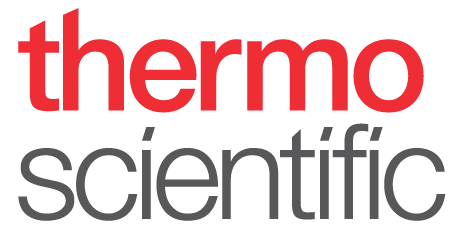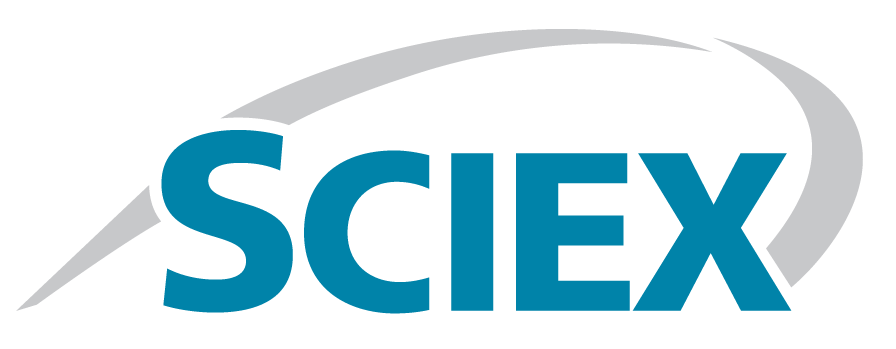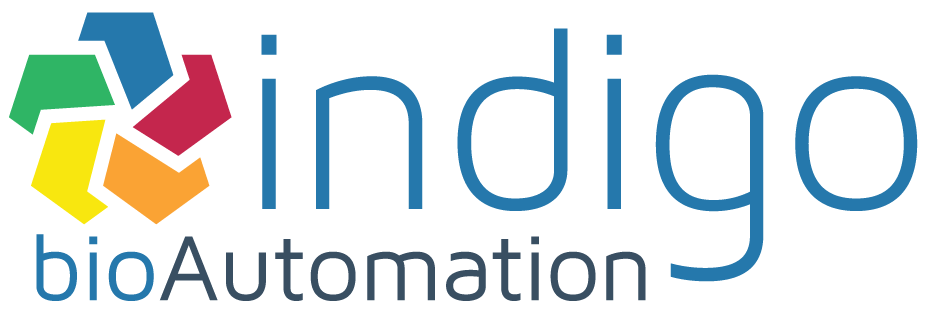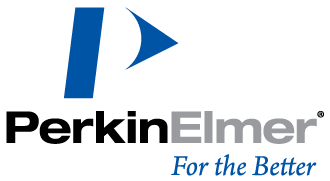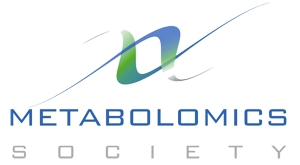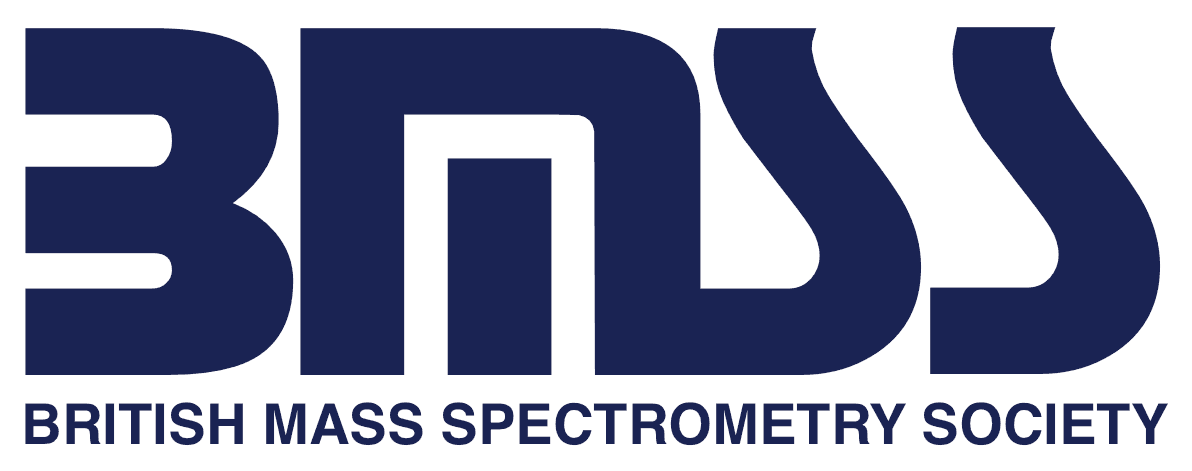MSACL 2018 USPalm Springs: Jan 21-25 |
Details
MSACL US
|
Plenary Lecture Series
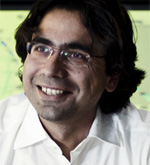 | >> Tuesday 14:15 @ Rooms 2-4 Community-Scale Translation of Mass Spectrometry Big Data into Crowdsourced Proteomics and Metabolomics Resources Nuno Bandeira University of California, San Diego Translating the growing volumes of proteomics mass spectrometry data into reusable evidence of the occurrence and provenance of proteomics and metabolomics events requires the development of novel community-scale computational workflows. We show how advanced distributed computing algorithms can be used to process tens of terabytes of public data to reveal hundreds of millions of new identifications, including the discovery of novel proteins and hypermodified peptides with over 100 modification variants. We further show how large scale reanalyses can be reliably aggregated into community-scale crowdsourced spectral libraries enabling high-throughput detection and discovery in newly acquired data. |
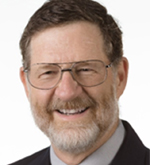 | >> Wednesday 17:00 @ Rooms 2-4 Distinguished Contribution Award Plenary Lecture The Triple Quadrupole: Innovation, Serendipity and Persistence Richard Yost University of Florida In this presentation I will provide a personal perspective on the conceptualization, development and demonstration of the analytical capabilities of the triple quadrupole mass spectrometer. And in that perspective, I will try to illustrate the roles of innovation, serendipity and persistence that are fundamental to scientific research. The triple quadrupole mass spectrometer has become the most common mass spectrometer in the world today, with sales of over $1 billion per year. It is today the gold standard for quantitative analysis in metabolomics, clinical analysis, drug discovery and development, environmental analysis, and a wide variety of other application areas. That invention and related research have helped propel mass spectrometry into the most commonly used analytical method in the world. |
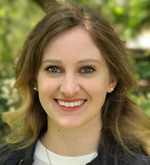 | >> Thursday 18:30 @ Rooms 2-4 A New Approach to Genome Editing Alexis Komor University of California, San Diego The CRISPR-Cas9 RNA-guided DNA endonuclease has contributed to an explosion of advances in the life sciences that have grown from the ability to edit genomes within living cells. Here I describe the development of base editing, a new approach to genome editing that enables the direct, irreversible conversion of one target DNA base into another in a programmable manner, without requiring double-stranded DNA backbone cleavage or a donor template. Base editing is one of many recent developments in the genome editing field that advances both the scope and effectiveness of genome editing. |


